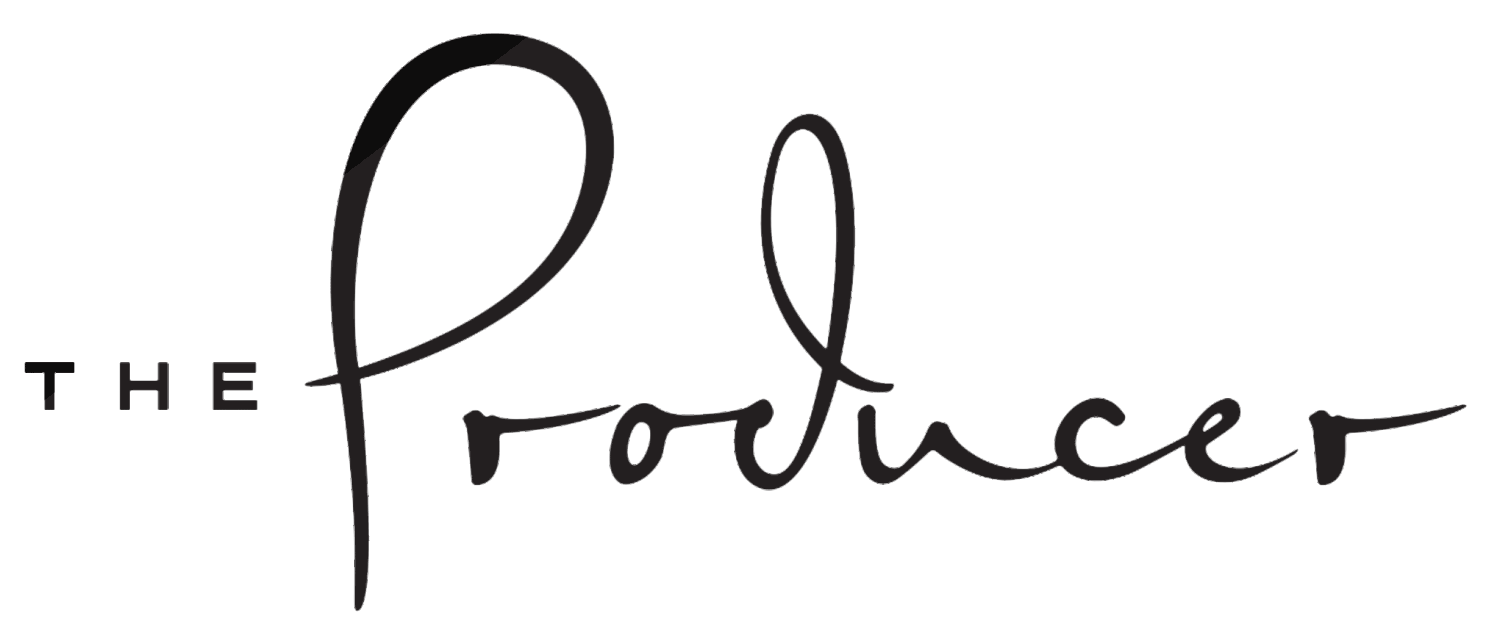This program builds on ICP's series Dismantling the Gaze, which considers looking, power, and visual culture in the #MeToo movement, and Queering the Collection, which presents work of and outside ICP’s Collections to expand the voices of queer artists.
All Used Up brings together the appropriation practices of William E. Jones, Allison Parrish, and Christopher Clary, with special guests shawné michaelain holloway and Paloma Gil, for a night of screenings, readings, and performances. Followed by a panel discussion with the artists and moderator Nayland Blake.
This is a ticketed event granting access to the ICP Museum galleries for a portion of the program. Please register in advance. ICP Members have access to preferred seating in our reserved members’ section.
Tickets ($7 for Members and $10 for non-members) are only available online when you register for the program. Members, please click on “My Membership” at the top of the ticketing page to receive your discount.
Program Schedule
6:30–8 PM – William E. Jones screens the first New York showing of Fall into Ruin. The film tells the story of Jones’s relationship with Alexander Iolas, a Greek international art dealer. After Iolas's death from AIDS in 1987, his art collection of antiquities, modern, and contemporary art disappeared and his house was later vandalized extensively. The film includes not only contemporary images of the site in its ruined state, but also photographs Jones took in 1982 of Iolas’s house in its glory.
6:30–7:30 PM – Christopher Clary, featuring special guests, re-performs Robert Mapplethorpe’s photograph Larry and Bobby Kissing in a networked performance entitled The <im>Perfect Moment<s>. The camera feed live streams to a cam-based sex website and projects back into the museum. Clary invokes Mapplethorpe’s work as a platform to research, question, and further—or “queer”—what has been historically the type of work and identities used to represent the LGBTQ art cannon.
7:30–8 PM – Allison Parrish will read from her new book, Articulations. The poems are the output of a computer program that extracts linguistic features from over two million lines of public domain poetry, then traces fluid paths between the lines based on their phonetic and syntactic similarities. By turns propulsive and meditative, the poems demonstrate an intuitive coherence found outside the bounds of intentional semantic constraints—representing language not for analysis but poetic output.
8–9 PM – Jones, Parrish, Clary, and holloway come together in conversation with Nayland Blake.
